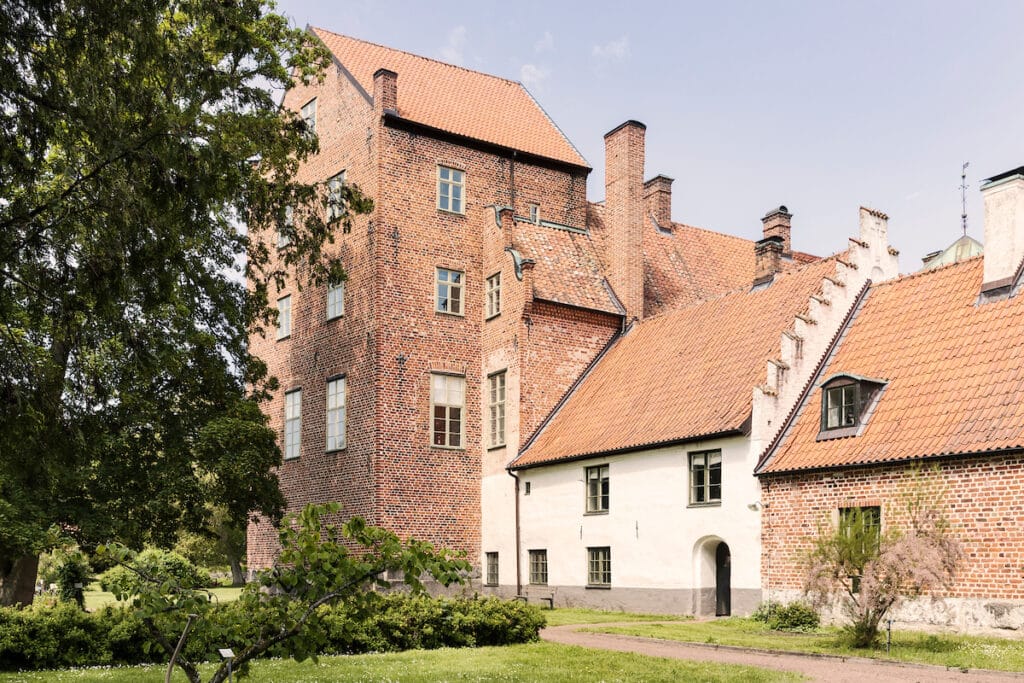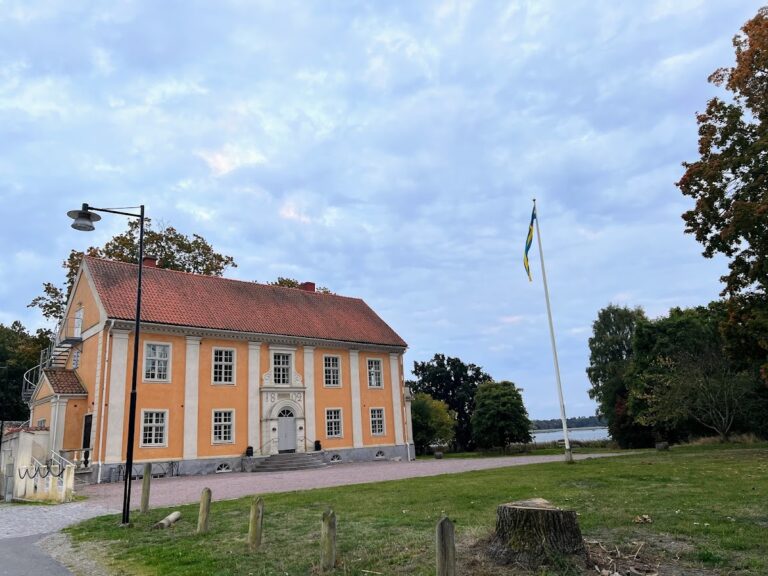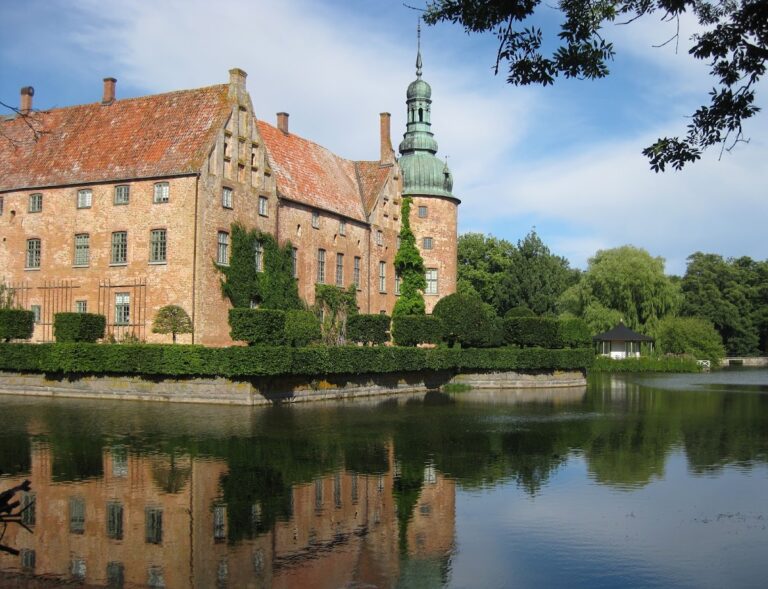Bäckaskog Castle: A Historic Estate in Southern Sweden
Visitor Information
Google Rating: 4.4
Popularity: Medium
Google Maps: View on Google Maps
Official Website: backaskogslott.se
Country: Sweden
Civilization: Medieval European
Remains: Military
History
Bäckaskog Castle is situated in Kristianstad municipality in southern Sweden. Its origins date back to the 13th century when it was established as a Premonstratensian monastery, part of a Catholic religious order known for communal living and devotion. The monastery was built on a narrow strip of land flanked by the lakes Ivösjön and Oppmannasjön, an area that provided both strategic and scenic advantages.
The religious function of the site ended in 1537 during the Reformation when the Danish Crown, which ruled over the region at the time, confiscated the monastery. Following this, the estate passed through the possession of several noble families, including the Ulfstand, Brahe, Bille, Parsberg, and eventually the Ramel family. These successive owners transformed the monastic buildings into a noble residence and managed the surrounding lands.
In 1684, King Charles XI of Sweden took control of Bäckaskog Castle as part of the Swedish Crown’s efforts to consolidate power after the region became Swedish territory. The castle then became the residence of the colonel commanding the Southern Scanian cavalry regiment. Despite serving a military function, the estate was often leased out to various tenants during this period.
From the 19th century onwards, several distinguished figures contributed to the castle’s appearance and use. Field Marshal Johan Christopher Toll improved the property, followed by King Charles XV, who held the estate from 1853 until his death in 1872. Later, Crown Prince Frederick of Denmark, who would become Frederick VIII, acquired the castle in 1885 and managed it for some time before transferring the lease to chamberlain Filip Stjernswärd in 1900.
In the early 20th century, around 1924, Per Åkers (Nilsson), a director in Swedish telephone companies operating in Poland and Russia, became the final tenant to both lease Bäckaskog Castle and directly cultivate its agricultural lands. Following his tenancy, family members continued farming the estate, though the castle itself and the surrounding farmlands were separated in 1956. Subsequently, under the leasehold of Gustav Ferlenius, the castle was adapted for public events and meetings, with increased emphasis on its cultural and historical significance.
The Swedish National Property Board (Statens Fastighetsverk) purchased Bäckaskog Castle in 1996, marking a new chapter in its preservation. The castle chapel has remained a part of the complex throughout its various phases.
Bäckaskog Castle has also influenced cultural works. It appears as a setting in Åsa Storck’s 1996 children’s book “Rymlingen,” which imagines life at the castle during the 14th century. Moreover, it served as a filming location for the television program “Stjärnorna på slottet” in several seasons spanning 2012 to 2025. The castle’s historical importance has been officially recognized since 1935, when it was designated a listed building (Byggnadsminne), securing its protection as a cultural monument.
Remains
Bäckaskog Castle occupies a distinctive position on a narrow peninsula between two lakes, shaping its overall layout. The complex includes the castle buildings themselves along with an attached chapel, reflecting its origins as a monastic site.
The castle structure reveals layers of adaptation over centuries. Originally constructed to house the Premonstratensian monks, parts of the medieval monastery have been incorporated into later residential expansions. The changes in ownership led to modifications aligning the buildings to noble living standards and military needs during the Swedish Crown’s tenure. The chapel remains part of the ensemble, maintaining the religious heritage amidst its evolving role.
Surrounding the castle is a park that originated alongside the monastery grounds. Between 1820 and 1840, the area was reshaped into a landscape-style garden known as the “wild park,” adopting a more naturalistic design fashionable at the time. Some early 20th-century changes, however, led to the removal of garden features such as an orangery (a greenhouse typically for citrus plants) and decorative ornaments.
In the mid-1900s, additional educational plantings were introduced, including an herb garden cultivating medicinal and spice plants, as well as a biblical garden intended to illustrate plants mentioned in religious texts. These additions reflect both the spiritual origins of the site and an interest in botanical knowledge.
The flourishing cultivation of roses within the park earned it the nickname “the castle of roses.” This aspect highlights the enduring care and attention given to the landscape surrounding the castle throughout its history.
Today, the remains of Bäckaskog Castle and its park reveal a blend of monastic foundation, noble residence, and evolving garden design. While some original features have been lost over time, the preserved structures and cultivated grounds offer a tangible connection to the estate’s diverse past and continuous transformation.







